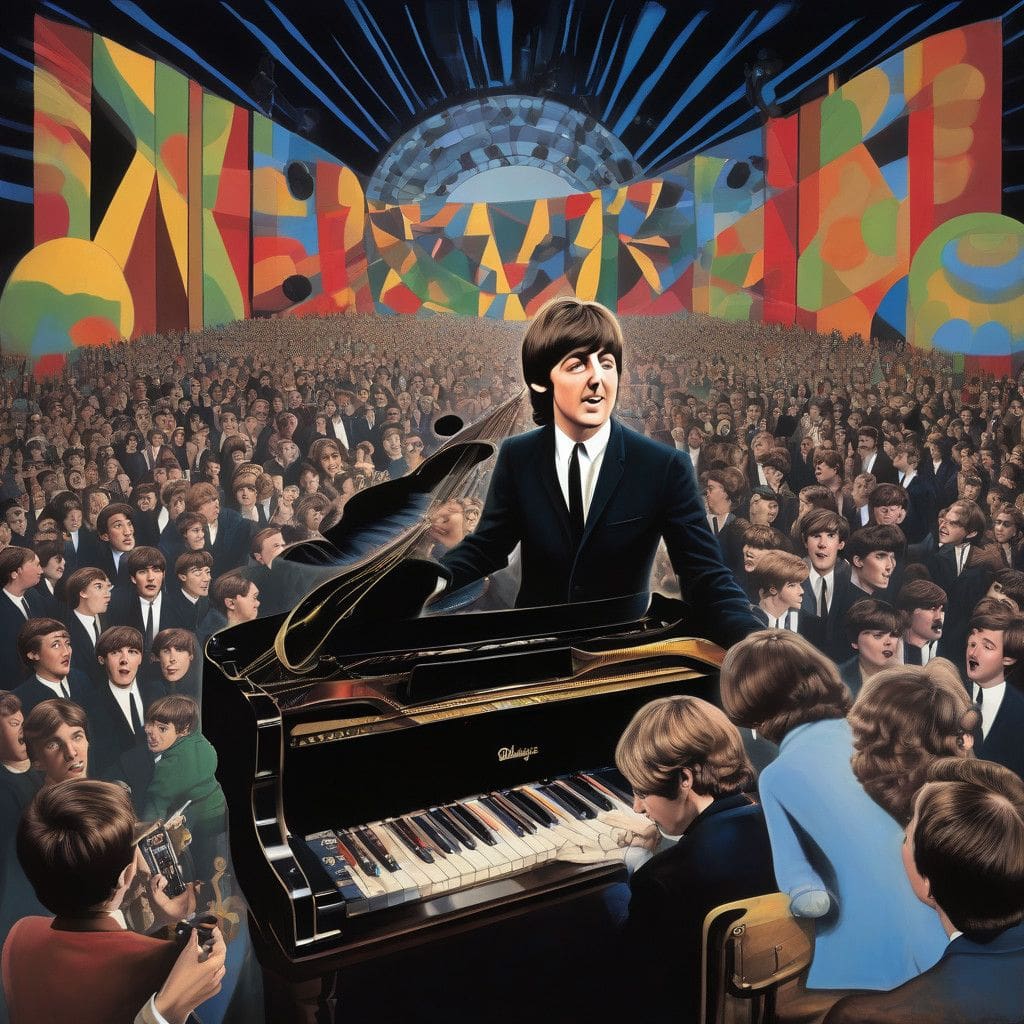Sir Paul McCartney, the legendary member of The Beatles, is set to captivate fans once again with his much-anticipated ‘Got Back’ tour. This tour marks a unique and historic moment in music history as it will feature the premiere of “Now and Then,” a new Beatles song brought to life utilizing artificial intelligence technology. This song, which includes the unmistakable voice of the late John Lennon, encapsulates the innovative spirit of today’s music industry.
The genesis of “Now and Then” stems from a cassette tape featuring Lennon’s original vocals, recorded in 1977 but left incomplete. With the aid of modern AI techniques, McCartney and fellow Beatle Ringo Starr worked tirelessly to resurrect this lost piece of musical heritage. McCartney, along with the engineers and sound experts involved in the project, used advanced software to enhance Lennon’s vocals and combine them seamlessly with new musical components. Guitar parts were also integrated, as they featured contributions from the late George Harrison, creating a blend of past and present that is sure to resonate with fans.
The significance of this song extends beyond its nostalgic value. It represents a bridge between generations, showcasing how technology can resurrect and celebrate the artistry of the past while paving the way for new experiences. “Now and Then” is more than just a song; it’s an emblem of how AI can redefine creative boundaries in music. This fusion between artistry and technology has opened discussions about the implications and possibilities of AI in the creative industry.
The ‘Got Back’ tour will kick off in Montevideo, Uruguay, before traversing through key locations in South America and Europe, highlighted by performances at Manchester’s Co-op Live and concluding with two back-to-back shows at London’s O2 Arena in December. McCartney has expressed great enthusiasm for these performances, particularly his return to his home country for the tour finale, where he aims to share a “special feeling” with fans.
Despite the excitement surrounding the tour, some criticism has arisen, particularly from fans in Liverpool who lament the absence of a local stop. Yet, McCartney, reflecting on his experiences and the power of music to unite people, continues to prioritize the broader celebration of The Beatles’ legacy through this tour.
This return to the stage also underscores McCartney’s commitment to innovation, showcasing a willingness to explore the evolving landscape of music production. The integration of AI to finish “Now and Then” demonstrates how far technology has come and its potential to reshape music creation, distribution, and even the live performance experience.
As fans flock to McCartney’s shows, they will not only be treated to classic hits but also witness the debut of a song that is a powerful testament to the capabilities of contemporary technology when married with timeless musical talent. The anticipated performance of “Now and Then” against the backdrop of a full tour promises to be a captivating experience that will be etched in the memories of those who attend.
Furthermore, the exploration of AI’s potential within the music industry raises bigger questions about the future of art and creativity. As more artists embrace these technologies, we may see an increase in collaborative works, reimagined classics, and new genres that originate from the integration of traditional talent and modern tools.
In conclusion, Paul McCartney’s return to the stage, paired with the debut of “Now and Then,” signifies not only a nostalgic revival of The Beatles’ legacy but also a bold step forward into the future of music. As audiences experience this innovative synthesis of past and present, it becomes clear that the world of music is poised for exciting transformations, fueled by technological advancements.
AI in music is just beginning to show its potential, and with pioneers like McCartney leading the charge, the possibilities are as limitless as they are thrilling.












